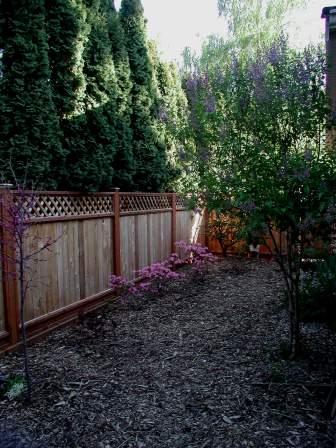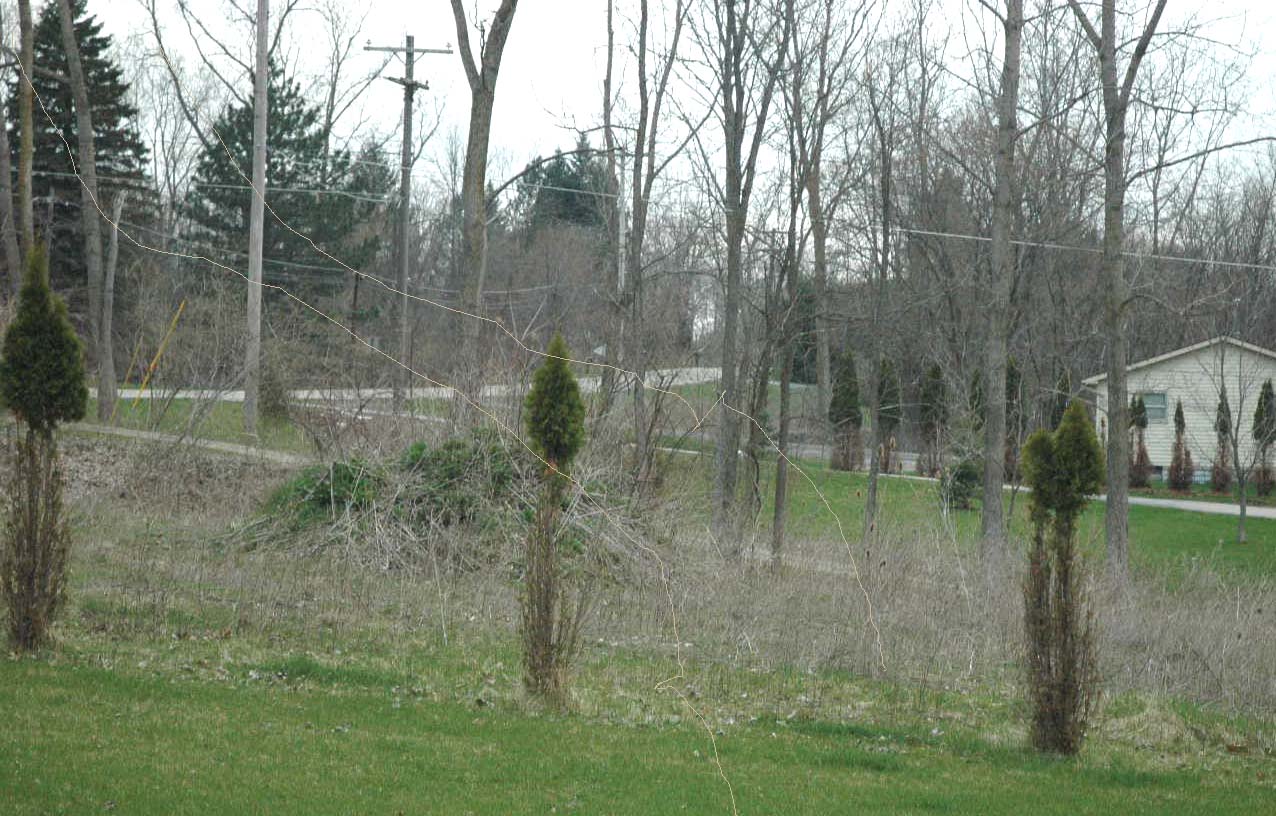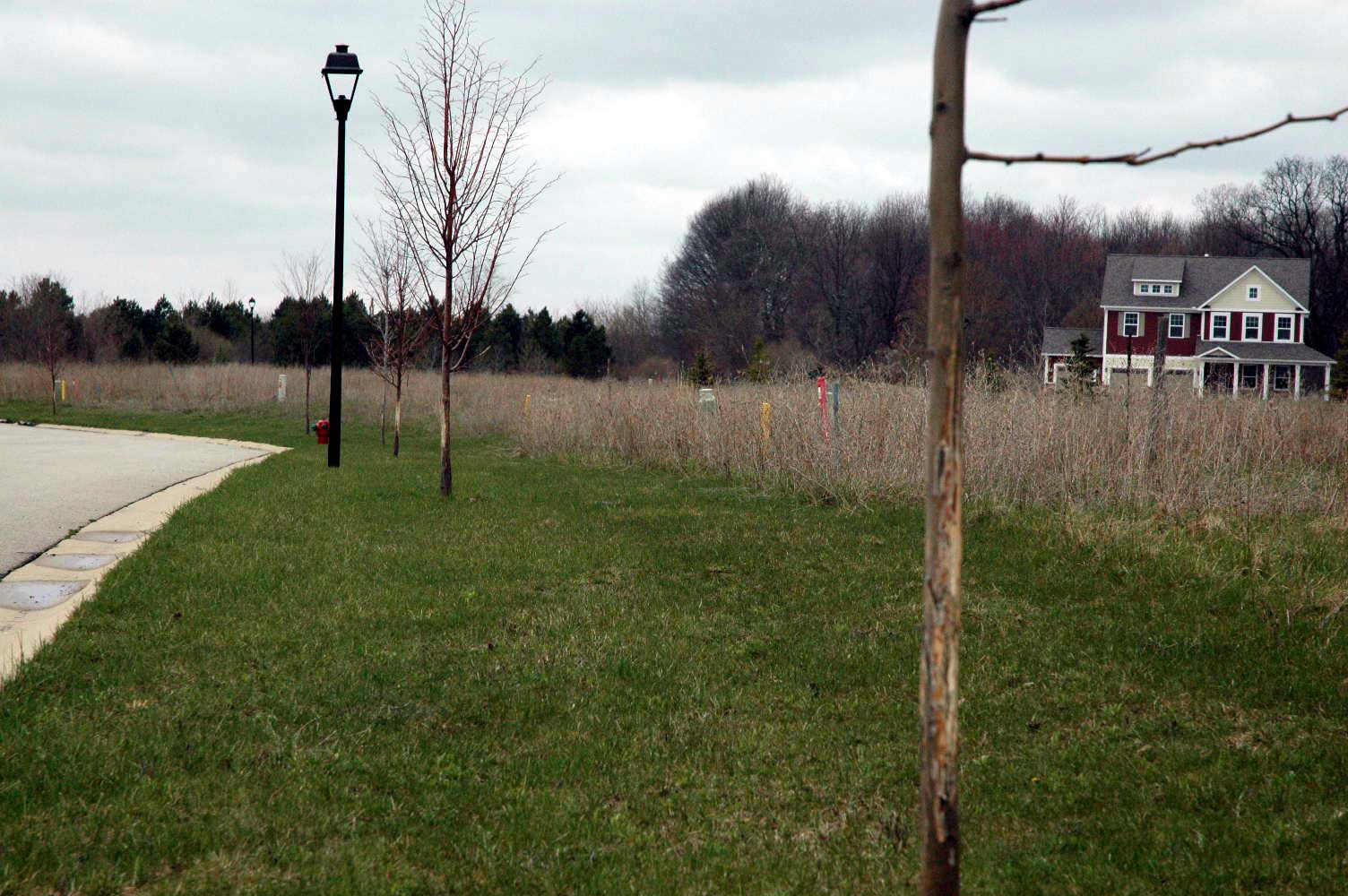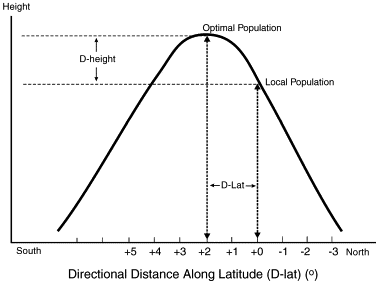Grading finals, looking at roots, and planting seeds is consuming my time this spring, but I have just a few things to share today which might be interesting.
So, as those of you who follow this blog know, I love peanuts. This year we’re planting out a bunch of new varieties, a few of which are extremely interesting. Believe it or not there are not only red and pink peanuts but also black, white, and mottled peanuts. We have these on order — when they come in I’ll post a picture. When we introduce Minnesota Boiled Peanuts at the State Fair in a few years (that’s the goal anyway) the plan is to introduce a wide variety of really unique looking peanuts. Fingers crossed they can live here!
Here, at the University of Minnesota, we do a really great job of telling people that, when they fertilize their grass, they should keep the fertilizer on the grass and not on the sidewalk — SO WHY CAN’T THE UNIVERSITY TEACH THE KIDS WHO APPLY THE FERTILIZER TO THE UNIVERSITY’S LAWNS TO KEEP THE DARN FERTILIZER OFF OF THE PAVEMENT?!? Last week as I walked in I heard a crunching sound coming from my feet. When I looked down there was a little pile of fertilizer on the sidewalk.
Believe it or not, judiciously fertilizing your grass actually helps prevent fertilizer run-off. That’s because grass with a weak root system (as occurs in the typical lawn when you don’t fertilize at all) won’t be able to hold the soil as well — so you get more erosion. So do fertilize your lawn, just don’t go nuts.
About that whole tree in the lung thing which I posted last week? Yeah — It’s BS. How do we know it’s BS? No obvious roots on the tree and the tree’s needles were green (you don’t get green plants without sunlight). Personally I think this is some kind of odd cry for attention, but I guess it’s possible that the guy swallowed a cutting while he was shearing/pruning trees. HOWEVER, there are documented cases where seeds will germinate in a persons lung — Usually the person has a compromised immune system.











